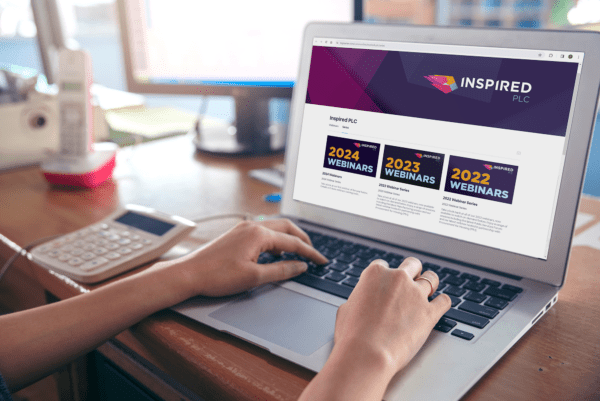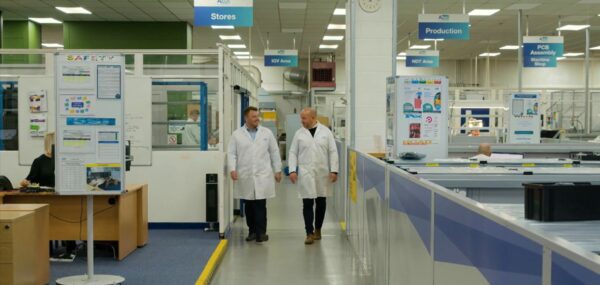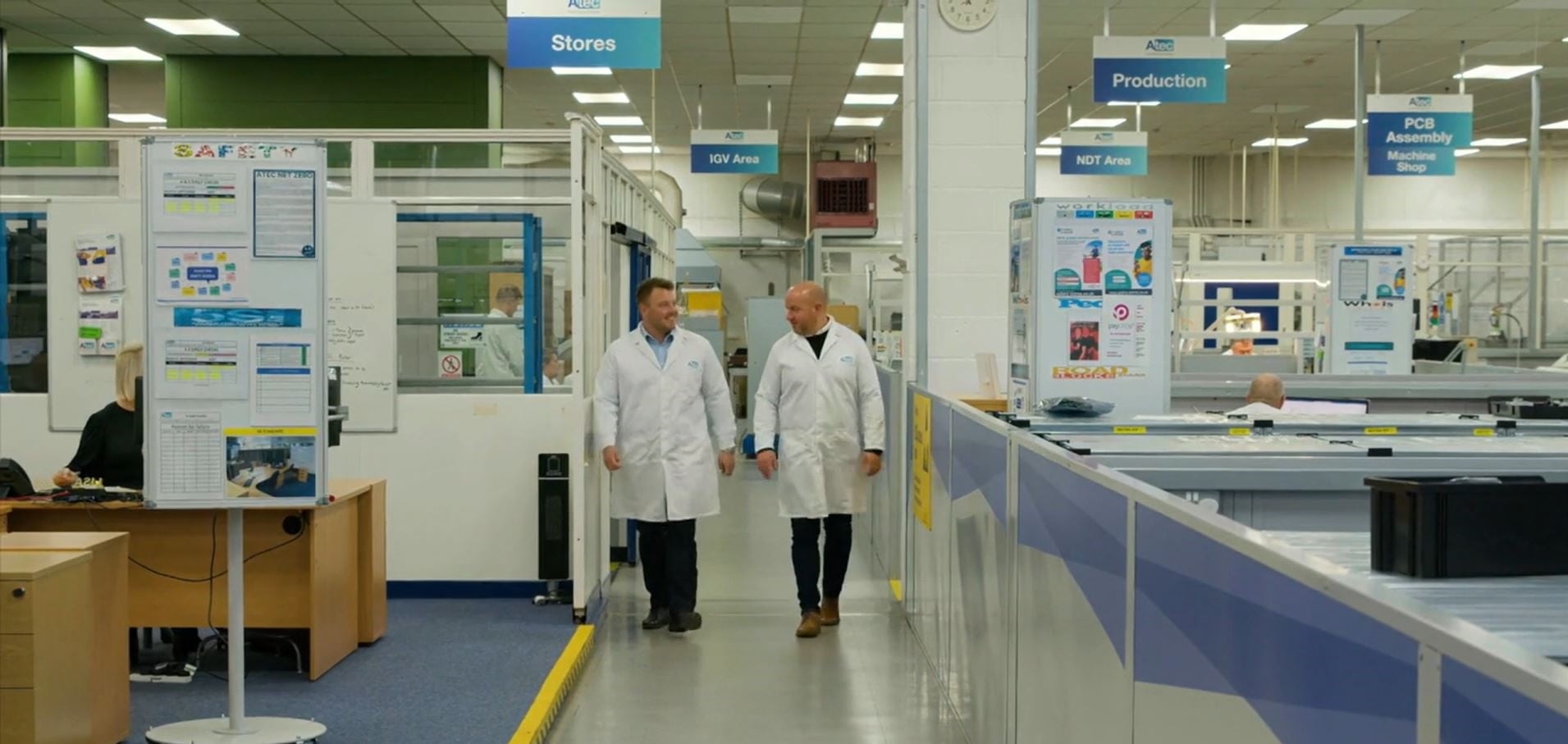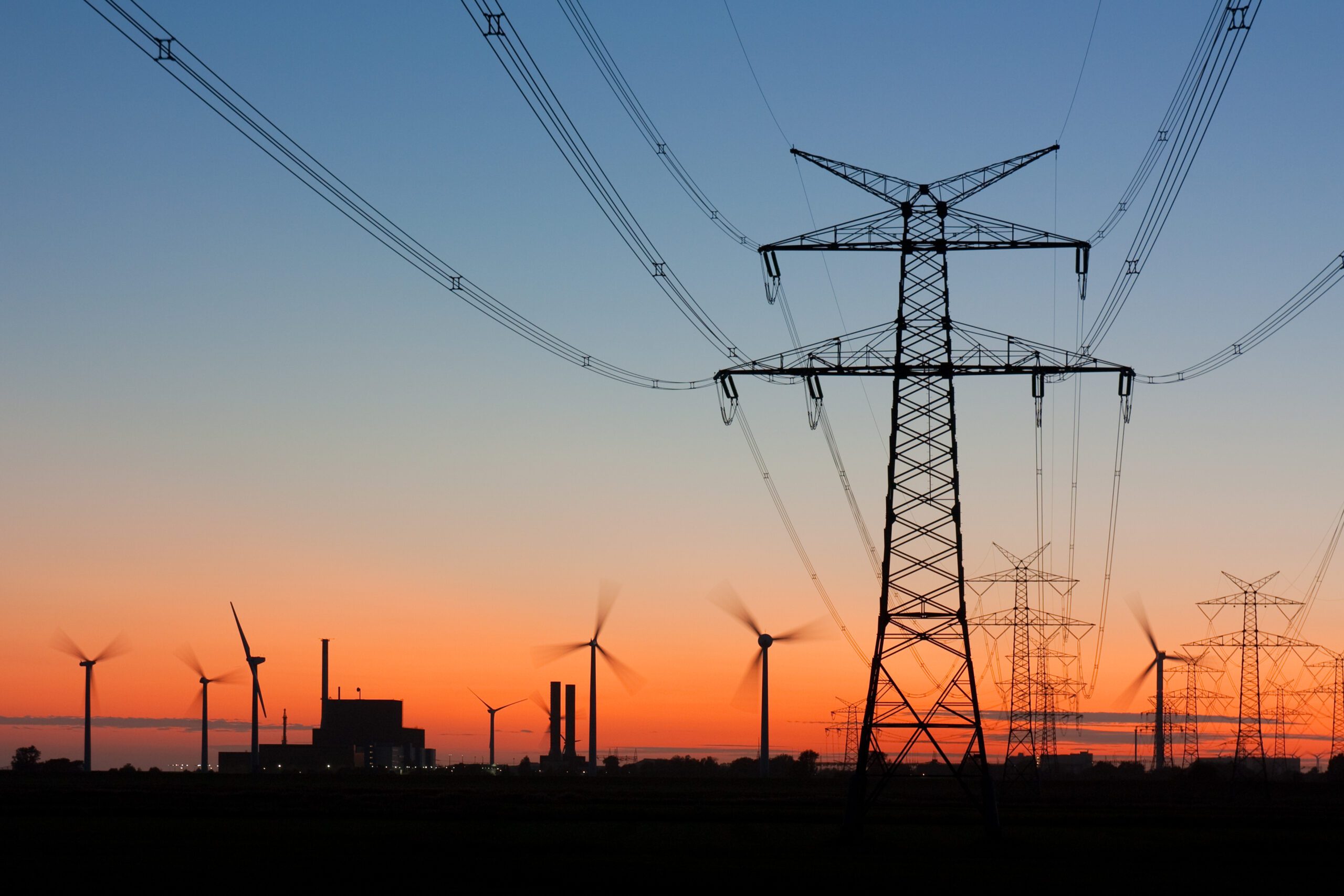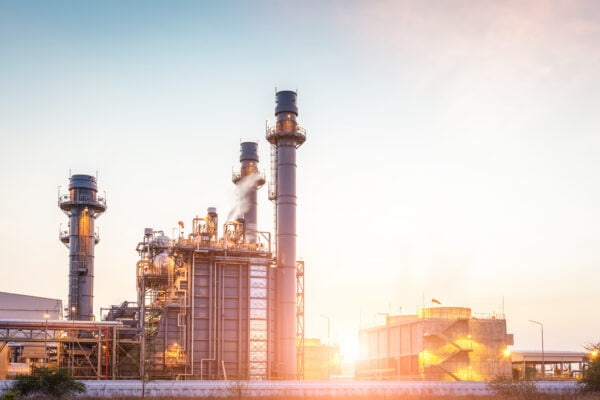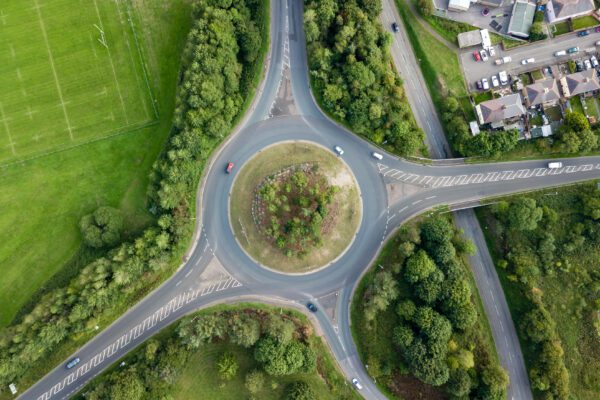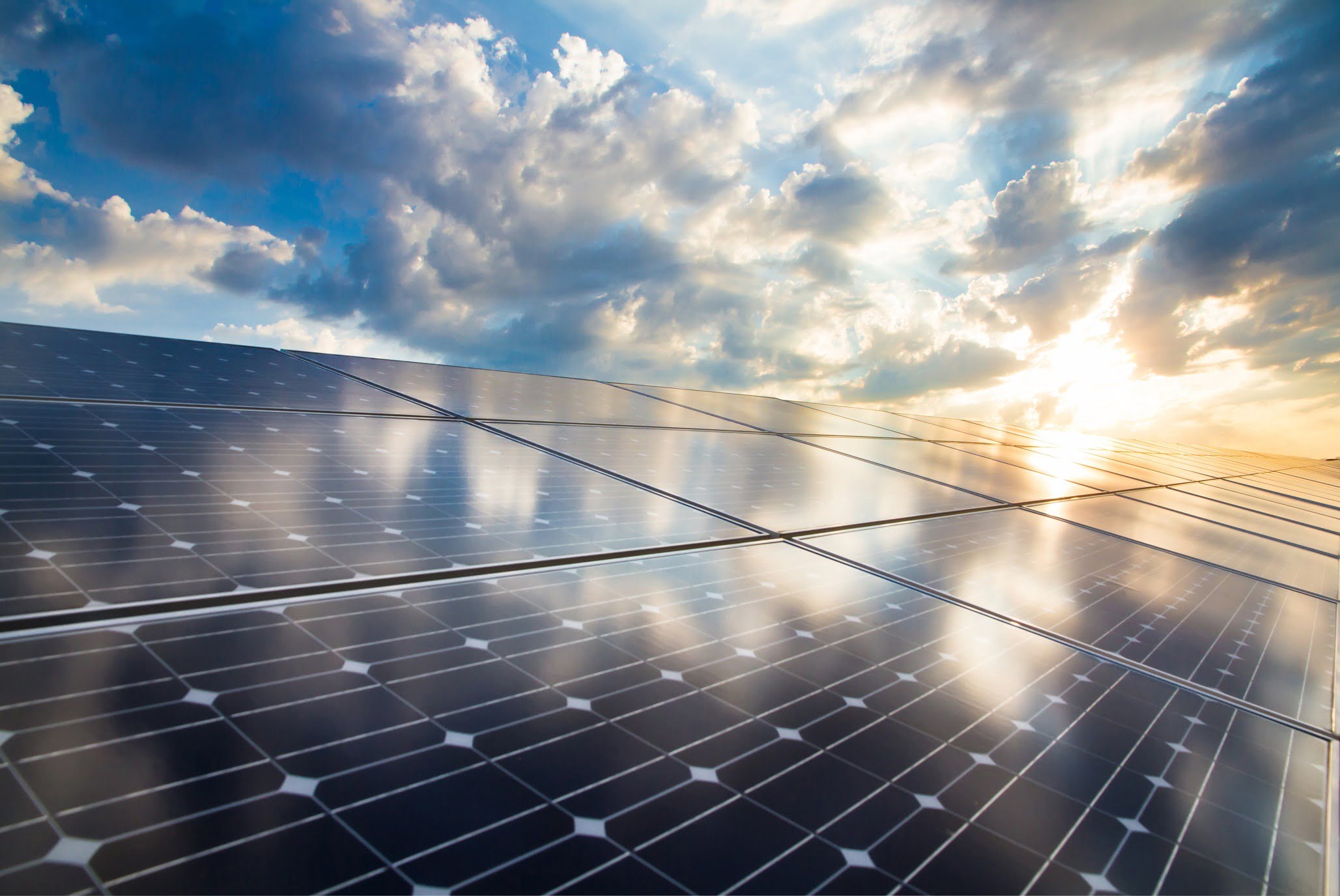
5 things businesses should know before installing on-site generation
As our energy system evolves and becomes increasingly decentralised, many businesses are turning to on-site generation and benefitting from the opportunities it can bring. In fact, research has revealed that 80% of businesses intend to generate a quarter of their electricity onsite by 2025[1]. In recent years, rising energy costs have become a pressing challenge […]
As our energy system evolves and becomes increasingly decentralised, many businesses are turning to on-site generation and benefitting from the opportunities it can bring. In fact, research has revealed that 80% of businesses intend to generate a quarter of their electricity onsite by 2025[1].
In recent years, rising energy costs have become a pressing challenge for many energy managers, as non-commodity costs have increased significantly to support our transition to a low-carbon future. Savvy businesses have realised that installing their own on-site generation assets can not only help them to cut their carbon emissions, but also help to mitigate the effects of higher energy costs on their bottom line.
With so many different technologies available, from solar photovoltaic (PV) panels to combined heat and power (CHP) plants, it’s important to have all of the facts in order to make a well-informed decision on for your business. So, here are five questions you must ask before you invest…
- Are we operating efficiently?
Before you invest in any energy project, you need to have a good grasp of your current energy consumption and your energy efficiency across your site(s). Conduct an energy efficiency review of your equipment and processes to determine if there are any areas where you’re wasting energy, and work to address them before you make an investment decision.
This will help you to scope the size of your generation asset – once you know that you’re operating as efficiently as possible, you can make a well-informed decision about the amount of energy you need to generate on-site. By working to optimise your efficiency first, you may find that you need a smaller asset than you originally planned for, which could save you money. When sizing your asset, you should also factor in any potential or planned changes to your site that may improve your efficiency further (such as installing LED lighting), for the same reason.
- Which technology is best for our business?
There are a wide range of different on-site generation technologies available, from combined heat and power (CHP) plants and solar panels to heat pumps, which means that you should be able to find a solution that suits the unique needs of your organisation.
Every solution will have its own benefits and its own limitations, which means finding the right one for your business can be complex. It’s useful to come up with a list of priorities that you’re looking for from an on-site generation solution – if your business is focused on sustainability, for example, you may opt for the solution with the lowest carbon emissions. It’s also important to gain a full understanding of any limitations a potential solution may have as well, so you know exactly what to expect from your investment.
- What’s possible?
You must also consider which generation solutions are viable within your organisation. Carry out a desktop and on-site feasibility study to determine what is practical for your business – if you’re looking to install solar panels, for example, you will need to assess the space to determine how much you can generate. The feasibility study may also verify there may be more than one technology that could be utilised, e.g. solar and batteries; solar and CHP; etc.
- How will we pay for it?
When you’re trying to get senior management buy-in, this will probably be the first question they will ask. As onsite generation technologies are becoming more developed, costs are falling, but prices still vary hugely depending on the type of technology you’re considering and the size of your system. If you’re planning on self-funding, a small (5-9kW) solar panel system costs between £8,000-£14,500, for example, while a large 50kW system is around £70,000.
Many organisations that want the benefits of self-generation (but don’t want the upfront capex costs involved in self-funding) are turning to corporate Power Purchasing Agreements (PPAs). This option means that a third party fully funds, builds, and may operate and maintain the asset on your site. Taking out a PPA means you will see returns much quicker than if you self-fund – businesses with a 10-20 year PPA for a solar panel system could see a significant reduction on their energy bills within the first year.
- Could we benefit from external expertise?
When it comes to exploring on-site generation, support from external experts can be invaluable. Whether you’re looking for advice on the best solution for your business, or you need help with managing the implementation of your chosen project, Inspired’s Optimisation team are on hand to help.
As independent industry experts, we’re best placed to identify the ideal solution for your business. Our optimisation specialists can help you to review your energy efficiency, determine which solutions are feasible within your organisation and we can even help you to work out the lifetime costs of a potential on-site generation asset, and support you in arranging a corporate PPA.
To talk to us about how we can help your business with on-site generation, call us on 01772 689 250.
[1] https://www.centrica.com/media-centre/news/2018/80-of-businesses-believe-a-quarter-of-energy-needs-will-be-generated-onsite-by-2025/

